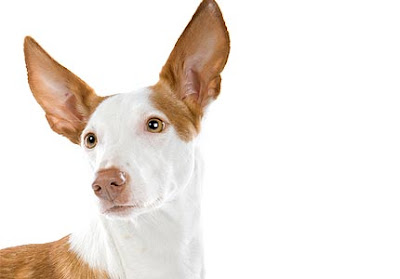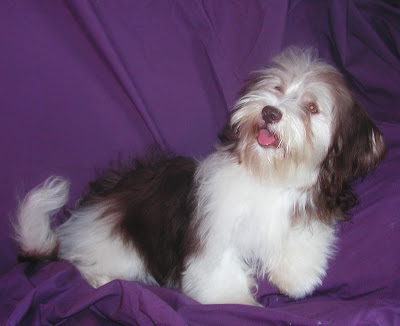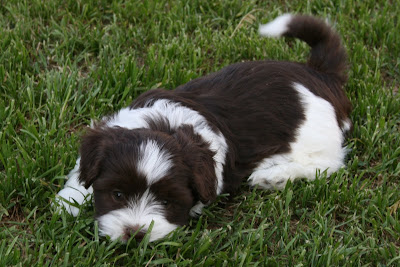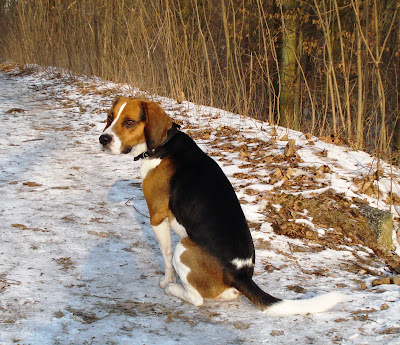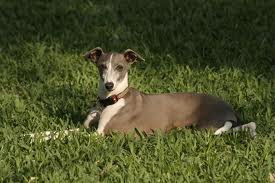Icelandic Sheepdog is an incredible crowding breed and additionally family puppy and buddy. This medium-estimated puppy is loveable, cordial, and extremely gave to its ace.
Physical Characteristics
The Icelandic Sheepdog looks just about rectangular from the side, at a stature of 16 to 18 inches and weighing anyplace from 20 to 30 pounds. This breed comes in two diverse cover sorts, short-hair and long-hair, both with two layers. The wool undercoat is thick and delicate, with a more slender straight layer lying on top.
The Icelandic Sheepdog has a wavy, ragged tail with pointy ears and arrives in a mixture of layer shades, incorporating tan, dark, ash and all tan shades.
Nature and Temperament
Despite the fact that this puppy breed was fundamentally utilized within grouping, the Icelandic Sheepdog is quite benevolent and holds small amount of chasing intuitions. This sheepdog positively delights in human connection and makes an exceptional family pet. Indeed, the Icelandic Sheepdog is a cheerful pooch as well as an insightful one.
Mind
With such a thick cover, this puppy breed does require week by week brushing. An animated practice arrange is best for the Icelandic Sheepdog. It may as well never be allowed to sit unbothered quite long enough as confinement may bring about strain issues.
Health
The Icelandic Sheepdog ordinarily has small health issues with a normal future of 12 to 16 years. Principle health concerns connected with the Icelandic Sheepdog incorporate hip dysplasia and an eye jumble called distichiasis.
History and Background
This breed is Iceland's main local puppy breed, generating from the Icelandic Sheepdog's progenitors that were carried over with the Nordic individuals in the ninth century. Because of the barbarous states of Iceland's atmosphere, the puppy breed advanced to make due on the unpleasant landscape and turned into a perfect cultivating pooch.
As cultivating needs declined into the twentieth century, the Icelandic Sheepdog neared annihilation. As of late reproducers in Iceland and different nations have served to restore the Icelandic Sheepdog, however it is still modest in n
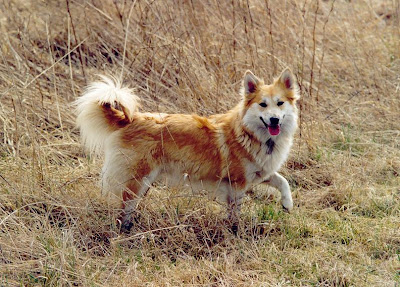 |
| Icelandic Sheepdog |
Physical Characteristics
The Icelandic Sheepdog looks just about rectangular from the side, at a stature of 16 to 18 inches and weighing anyplace from 20 to 30 pounds. This breed comes in two diverse cover sorts, short-hair and long-hair, both with two layers. The wool undercoat is thick and delicate, with a more slender straight layer lying on top.
The Icelandic Sheepdog has a wavy, ragged tail with pointy ears and arrives in a mixture of layer shades, incorporating tan, dark, ash and all tan shades.
Nature and Temperament
Despite the fact that this puppy breed was fundamentally utilized within grouping, the Icelandic Sheepdog is quite benevolent and holds small amount of chasing intuitions. This sheepdog positively delights in human connection and makes an exceptional family pet. Indeed, the Icelandic Sheepdog is a cheerful pooch as well as an insightful one.
Mind
With such a thick cover, this puppy breed does require week by week brushing. An animated practice arrange is best for the Icelandic Sheepdog. It may as well never be allowed to sit unbothered quite long enough as confinement may bring about strain issues.
Health
The Icelandic Sheepdog ordinarily has small health issues with a normal future of 12 to 16 years. Principle health concerns connected with the Icelandic Sheepdog incorporate hip dysplasia and an eye jumble called distichiasis.
 |
| Icelandic Sheepdog1 |
History and Background
This breed is Iceland's main local puppy breed, generating from the Icelandic Sheepdog's progenitors that were carried over with the Nordic individuals in the ninth century. Because of the barbarous states of Iceland's atmosphere, the puppy breed advanced to make due on the unpleasant landscape and turned into a perfect cultivating pooch.
As cultivating needs declined into the twentieth century, the Icelandic Sheepdog neared annihilation. As of late reproducers in Iceland and different nations have served to restore the Icelandic Sheepdog, however it is still modest in n

